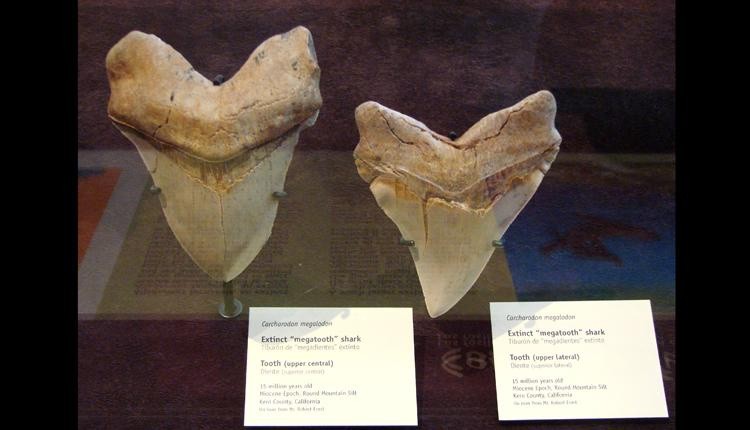Not much is known about the largest, extinct lamniform shark, the megatooth shark, or the Megalodon since its representation only comes from teeth fossils. A new study suggests why the Megalodon and other species were uniquely gigantic compared to the other lamniform sharks during the Mesozoic Era.
A study led by paleobiologist Kenshu Shimada and a team from William Paterson University was recently published in An International Journal of Paleobiology. The team studied the measurements of 13 lamniform shark species to estimate the sizes of their extinct ancestors.
Otodus megalodon was estimated to be at least 46 feet long while other lamniform were generally half that size. In general, there were also larger lamniform species from the Cenozoic Era after the age of the dinosaurs until today compared to sharks in the Mesozoic Era.
A shark's body size affects their ability to travel distances, energy storage capacity, tolerance to environmental conditions, predatory successes, and other factors, noted by the authors. Size also impacts food intake, the size of its jaw or mouth, and its impact on the ecosystem.
Embryo Cannibalism
One of the factors believed to affect their gigantic size is that the lamniform were warm-blooded creatures. In the study, Shimada's team suggests another factor - cannibalism.
Sharks reproduce through a mode called ovoviviparity, where millions of eggs are produced in the ovary and stay in the mother's body until they are ready to hatch. The team discovered that early-hatched embryos eat other unhatched eggs inside their mother in modern lamniform species and expect their extinct ancestors to have the same behavior.
For example, Cetorhinus maximus or the basking shark produces nearly six million follicles and ova per ovary. Later on, early hatched embryos feed on unfertilized eggs aside from nutrients from their mother. They may also eat hatched siblings.
The physiological demands of female sharks needing an increased intake of food for pregnancy may also contribute to their larger size compared to male sharks. However, the team has yet to determine how male sharks inherit gigantism even though they do not have the same physiological demands as females.

Evolution of Sharks
Paleontologist Catalina Pimiento from Swansea University (not included in the study) explained that compared to cold-blooded sharks, warm-blooded species are more energetic and prey on large creatures such as seals. For example, today's largest marine predator is the great white shark, which preys on marine mammals.
Shimada said, "Lamniform sharks have represented major carnivores in oceans since the age of dinosaurs, so it is reasonable to assert that they must have played an important role in shaping the marine ecosystems we know today." Professor Michael Griffiths from William Paterson University shared that the cannibalism behavior evolving through time is compelling evidence of the megalodon's exceptional size. He said that the new study "represents a critical advancement in our understanding of the evolution of this ocean giant."
Read Also: Unbelievable! Study Reveals Actual Size of Megalodon Shark, One of the Largest Fish to Ever Exist
Check out more news and information on Sharks on Science Times.
© 2025 ScienceTimes.com All rights reserved. Do not reproduce without permission. The window to the world of Science Times.












